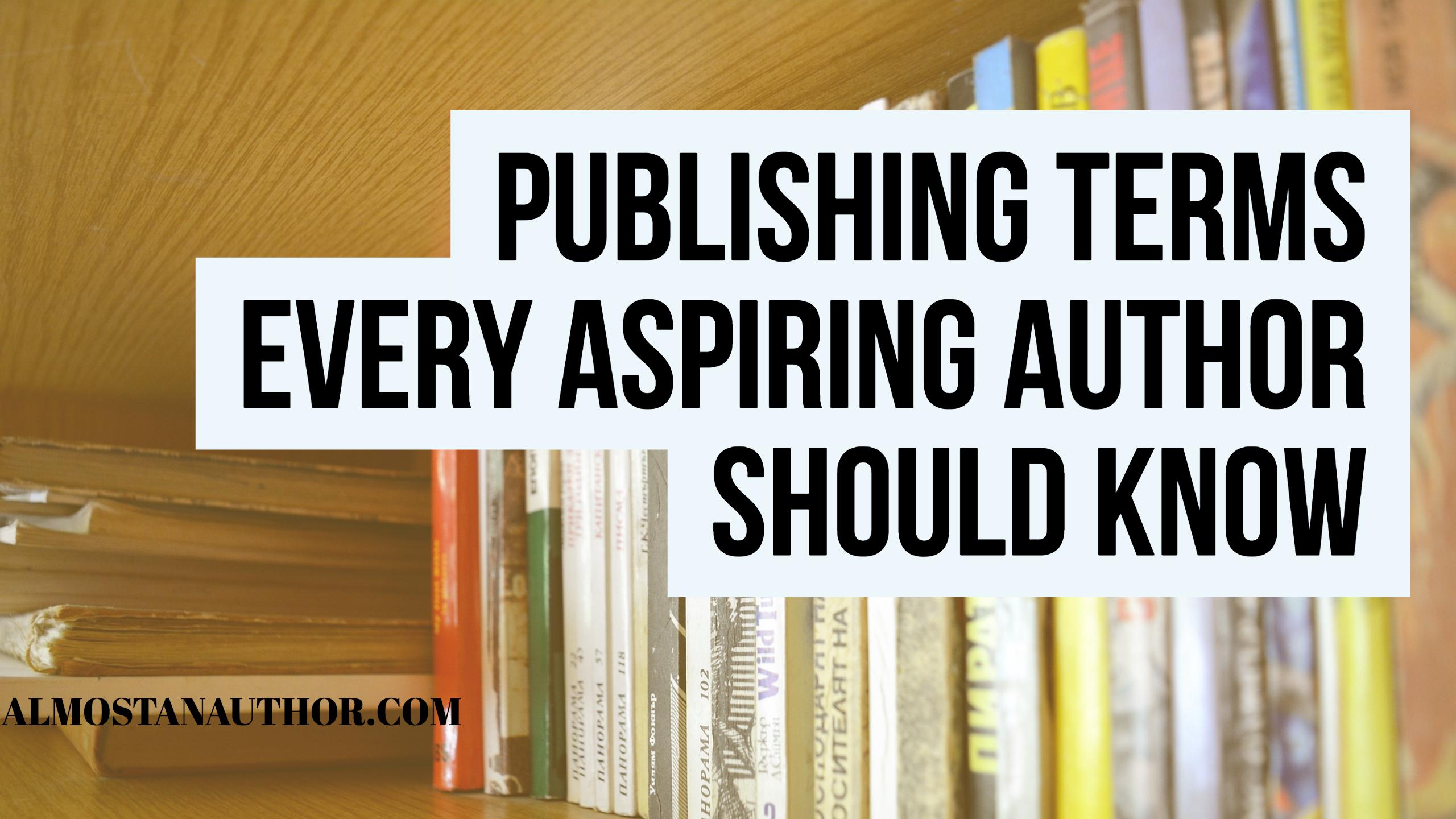If you’re planning to attend a writing conference any time soon, it may be wise to freshen up on your industry knowledge. A great place to start is by familiarizing yourself with publishing terms and their meanings. You don’t want to find yourself in a conversation or workshop, unable to follow along because of the unfamiliar “language”. It’s especially important to know these terms if you’re hoping to submit to an agent or editor. If you aren’t aware of what a query letter is, then how can you write one that will catch an agent’s interest?
To begin your quest on freshening in your pub language, here are important terms every aspiring author should know:
¤ Manuscript: This refers to the typed (or written) document of a book in its raw, unpublished form.
¤ Literary agent: Literary agents represent authors, pitch their books to publishers, often offer career advise, and handle the negotiation of publishing contracts among other responsibilities. Agents are known as the gatekeepers in the industry.
¤ Acquisition editor: Acquisition editors are in charge of acquiring manuscripts to consider for a publication house.
¤ In house editors: In house editors edit manuscripts for content, style, wordsmithing, grammar/punctuation, and plot. (There are typically three types of edits per manuscript in most publishing houses.)
¤ CBA: Christian Book Association – This is the Christian book market division of the book industry.
¤ ABA: American Booksellers Association – This is the general book market division of the book industry.
¤ Book proposal: A book proposal is the book’s selling “package” that the author or agent puts together to sell the manuscript.
¤ Query: A letter written by an author and directed to a potential literary agent in an effort to pitch a book and sign with the agent. (Similar to a cover letter.)
¤ Branding: This is the term used when describing the unique identification of an author.
¤ Platform: The total number of potential readers that the author can reach and promote their books to. (This is based mostly on their online reach, including social media followers, total number of blog readers and blog stats, mailing list subscribers, etc.)
¤ Traditional publishing: A route the author takes when they sign their book’s rights over to a publishing house.
¤ Self-publishing: A route the author takes when they independently publish their books and own the rights.
¤ Hybrid model: A route the author takes when they combine the traditional and self-publishing models for their books.
¤ Genre: A category, such as Young Adult, that groups specific types of fiction books together. This helps a reader easily identify the type of story they can expect. (For example: mystery, fantasy, sci-fi, romance, etc.)
¤ Subgenre: A subcategory that also identifies specific types of stories; however, a subgenre label is branched beneath a genre’s umbrella. (For example: In the label “YA contemporary romance”, contemporary romance is known as the subgenre, whereas YA is considered the overall genre.)
¤ Imprint: An imprint is a publisher’s division and brand of their company. Imprints publish a specific type or genre of books within that publishing company. (For example: Illuminate YA is the YA fiction imprint of LPC Books.)
Are there any terms on this list that you were not familiar with? What terms would you like to add to this list?




 We love helping your growing in your writing career.
We love helping your growing in your writing career.

2 Comments
Thank you for providing this helpful and practical guide. I’m planning on going to the Blue Ridge Christian Writer’s Conference this year for the first time ever. It’s good to have these bits of info in hand.
Tessa, Great information. Very helpful. Thanks for sharing.